SAMPLE DESIGN
We apply only rigorous sampling methods and maximize statistical precision under given budget constraints
SAMPLE DESIGN
We apply only rigorous sampling methods and maximize statistical precision under given budget constraints
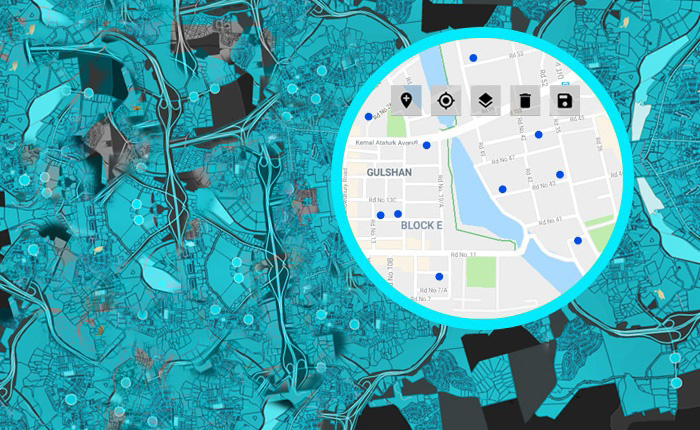
Sample design is a key factor of survey quality since it directly affects the magnitude of sampling error. In other words, how a sample is designed determines how reliable survey results will be. At Sistemas Integrales we strive for efficient sample designs that maximize the precision of survey estimates considering both budget constraints and operational feasibility in real field conditions.
We apply only rigorous probability sampling methods, which entails strict random selection in all sampling stages and control over inclusion probabilities. This principle applies to household, business and agricultural surveys and to all modes: face-to-face, phone and web surveys.
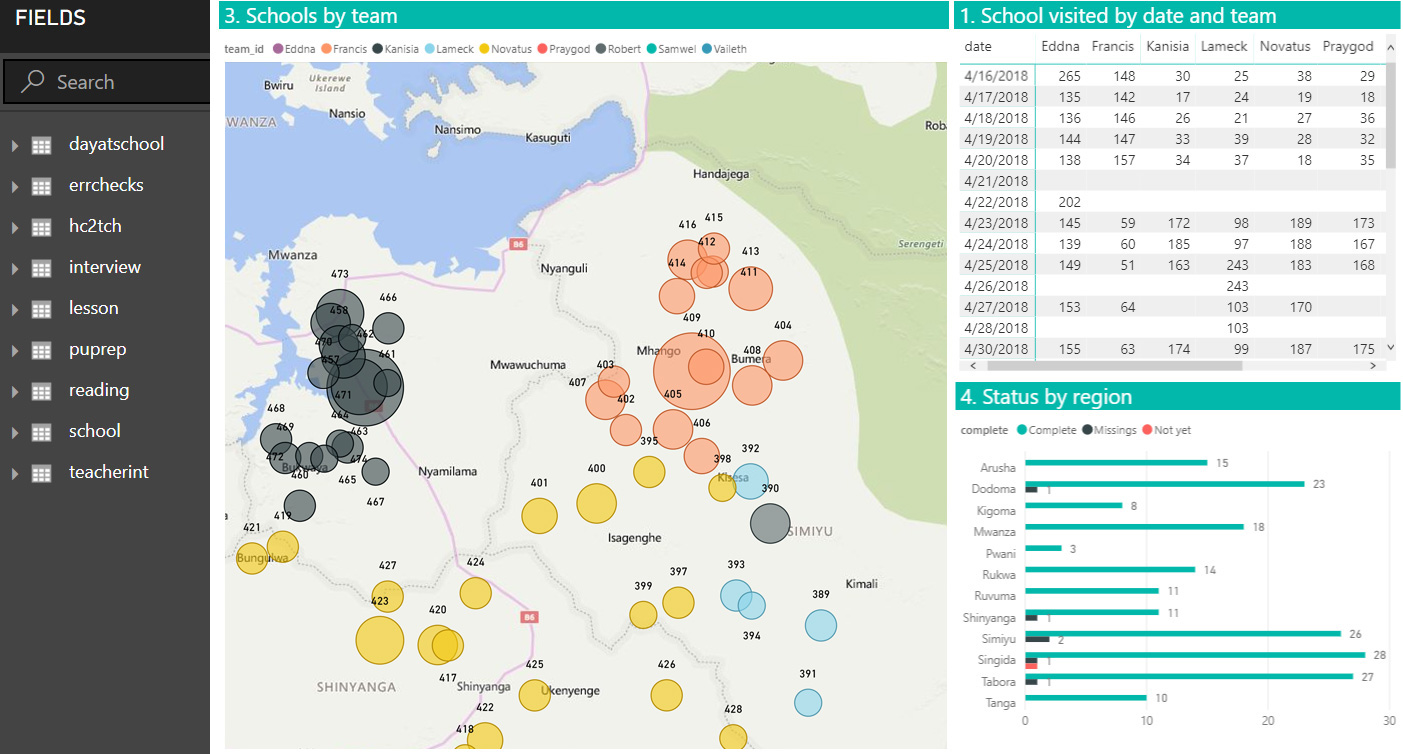
GIS support
GIS technologies, including satellite and drone imagery, make available a range of instruments to improve sampling design. The use of GIS enables:
- Access to population counts in the absence of population censuses
- Spatial stratification when working with incomplete frames
- Fast and reliable segmentation of large areas
- Supervision of completeness of listing operations
- Determination of cultivated areas in agricultural surveys
- Stratification by type of soil, type of crop, etc.

In household surveys, GIS tools can also help field workers locate the sample households when standard addresses do not exist. This is done by using the GPS coordinates recorded during the listing operation.
Sampling for phone surveys is based on Random Digit Dialing (RDD), respondent data from a past face-to-face survey that collected phone numbers, or a combination of both.
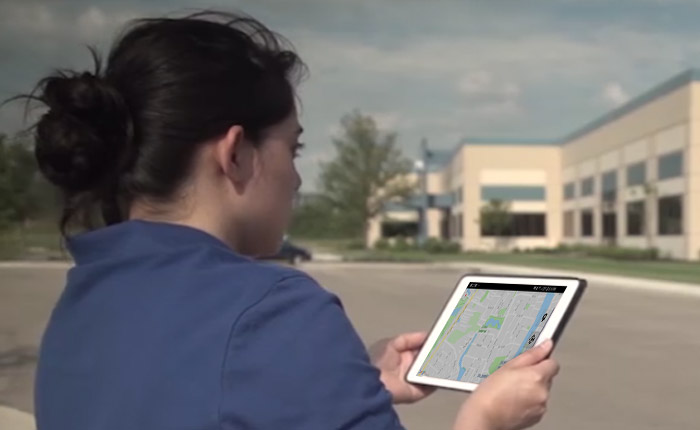



Sample design is a key factor of survey quality since it directly affects the magnitude of sampling error. In other words, how a sample is designed determines how reliable survey results will be. At Sistemas Integrales we strive for efficient sample designs that maximize the precision of survey estimates considering both budget constraints and operational feasibility in real field conditions.
We apply only rigorous probability sampling methods, which entails strict random selection in all sampling stages and control over inclusion probabilities. This principle applies to household, business and agricultural surveys and to all modes: face-to-face, phone and web surveys.
GIS SUPPORT
GIS technologies, including satellite and drone imagery, make available a range of instruments to improve sampling design. The use of GIS enables:
- Access to population counts in absence of censuses
- Spatial stratification when working with incomplete frames
- Fast and reliable segmentation of large areas
- Supervision of completeness of listing operations
- Determination of cultivated areas in agricultural surveys
- Stratification by type of soil, type of crop, etc.
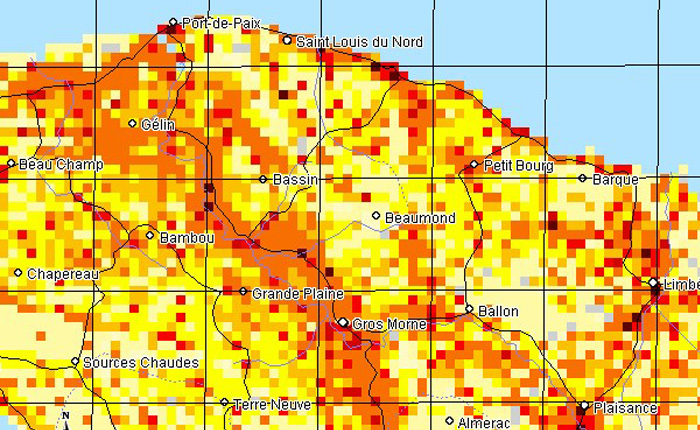



In household surveys, GIS tools can also help field workers locate the sample households when standard addresses do not exist. This is done by using the GPS coordinates recorded during the listing operation.



Sampling for phone surveys is based on Random Digit Dialing (RDD), respondent data from a past face-to-face survey that collected phone numbers, or a combination of both.
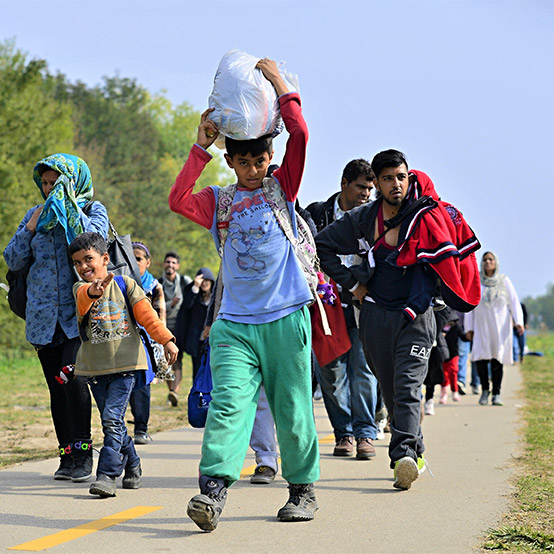

Sampling hard-to-survey populations
Rare and special populations require specific sampling strategies based on screening, multiple frames, or network and adaptive sampling. At Sistemas Integrales we have helped our clients survey special populations such as:
- Refugees and immigrants
- Ethnic and linguistic minorities
- Victims of violence
- Disabled persons
Address
Jose M de la Barra 412, piso 4
Postcode 6500446
Santiago, Chile
Phone
+562 2638 1841
+562 2639 4554



Sistemas Integrales 2018 - All Rights Reserved
Address
José M de la Barra 412, piso 4
Postcode 6500446
Santiago, Chile
Phone
+562 2638 1841
+562 2639 4554
EmailÂ



Sistemas Integrales 2018 – All Rights Reserved
